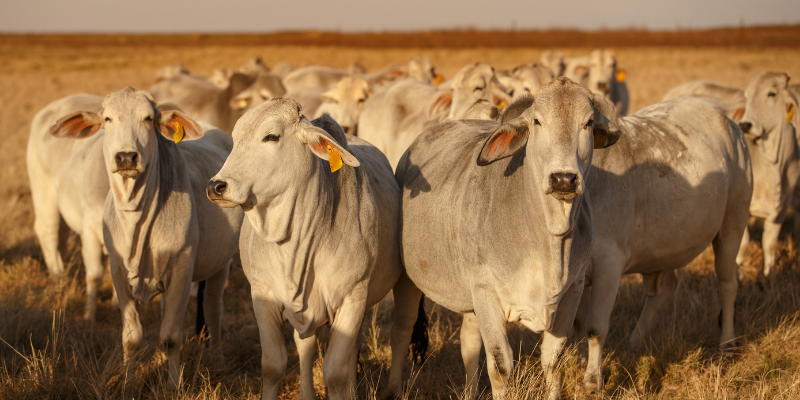What Does a Town Planner Cost?
Saving money is not an uncommon reason for a person to bypass the use of a Town Planner when organising their development application for council. The misconception of the role of a town planner is often accompanied by assumptions about high costs – and the decision to forgo hiring a town planner can be detrimental to your project’s chances of approval. Let’s bust some myths and look more closely at ‘What Does a Town Planner Cost?” and how far your dollar will go.
THE ROLE OF A TOWN PLANNER
The role of a Town Planner has long been viewed as the mapping out of new cities and towns; the streets, the zones, the infrastructure, and so on. While there is some truth to that within local councils and government agencies, the majority of Town Planners in urban and regional planning are actually involved in the processing of Development Applications.
A Town Planner will assess your property against the local council’s planning scheme, as well as other government policies and schemes that may govern it, to produce a concise development application. The most common development applications are ‘Material Change of Use’ and ‘Reconfiguring a Lot’.
Material change of Use is an application to make changes to the use of a property. This could be a range of things that include a request to modify zone allowances to suit a business on that property or simply adding structures such as storage sheds and buildings.
Reconfiguring a Lot is an application to sub-divide. This doesn’t necessarily mean grand scale projects such as creating a new suburb; it could simply be about splitting a piece of land into two or three pieces.
THE COSTS ASSOCIATED WITH A DEVELOPMENT APPLICATION
There’s more than the Town Planner fees to consider when lodging a Development Application. The costs associated with a Development Application will vary, depending on the local council and any requirements specific to your property, however fees you can expect are:
- Town Planner Consulting Fee;
- Site and Survey Plan Fees (if required);
- Public Notification Fee;
- Local Council Application Fee;
- State Government Application Fee; and
- Infrastructure Charges (if applicable).
HOW MUCH DOES A TOWN PLANNER COST?
The cost of a Town Planner is variable, depending on the requirements of your development project, however, the ballpark to budget around for Material Change of Use and Reconfiguring a Lot application is around the $6,000 mark. The actual feel will depend entirely on your planner of choice.
What you should expect to have included in this cost:
- Organisation and attendance of lodgement meetings;
- Preparation and circulation of paperwork;
- Information Requests;
- Title Searches;
- Drafting a planning professional report and associated documentation;
- Reviewing and submitting planning report;
- Communications with client, council, and other government bodies; and
- Project management.
COST OF A TOWN PLANNER VS THE VALUE OF A TOWN PLANNER
The VALUE of this fee extends beyond the list of tangible outcomes. A question you should ask yourself is, “Do I have the time and knowledge to put together a high-quality application that will give my development project the best chance?”
The Town Planner Fee means you have a professional take your project from initial assessment right through to final council decision, with a level of knowledge that not only brings an efficiency to the process but also provides:
- The strength and know-how to navigate your proposal through tricky negotiations, requests, and application requirements;
- A deep understanding of the planning schemes, governing body policies, and industry jargon within those, that affect your property;
- A report that is designed with the local council in mind – they know what is important to the council and what they like to see;
- Time for you to focus on other aspects of the project;
- A whole lot less pressure and stress!

Take advantage of the value of a qualified and experienced Town Planner. Our team has experience that extends from city to country, Queensland-wide.
Get in contact today to get that development application through council with professional know-how and minimal stress.










